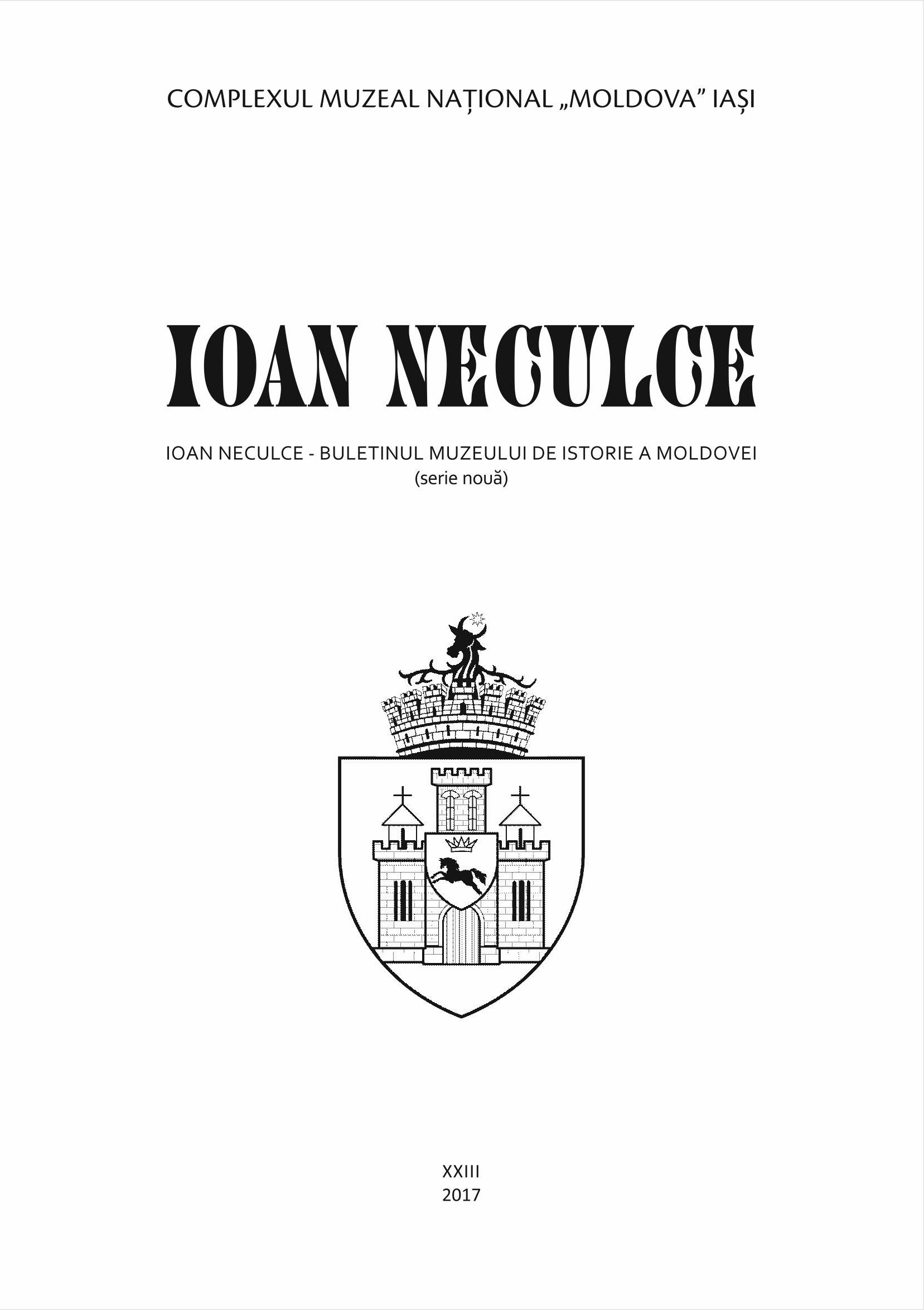PREMISE ȘI PROIECTE PRIVITOARE LA SISTEMATIZAREA ORAȘULUI IAȘI ÎN PERIOADA 1821-1859
Conditions and Projects Related to the Systematization of the City of Iasi between 1821-1859
Author(s): Bobi ApăvăloaeiSubject(s): History, Local History / Microhistory
Published by: Editura Palatul Culturii
Keywords: Westernization; modernization; urban development; protectorate of Russia; Organic Regulation
Summary/Abstract: The present study is a chapter of the doctoral thesis, which deals with the urban development of the city of Iași, from the foundation until the modern age. The research required extensive documentation, both on the written information and on the cartographic sources regarding the old capital of Moldavia. Romanian principalities were for a long time on the orbit of the Ottoman civilization, this involving also the taking over of urban features across the Empire, especially during the Phanariotes’ reign. After the Romanian rulers’ regaining of the throne (1822), especially after the Peace of Adrianople (1829), the Romanian countries became increasingly open to the Western civilization. The protectorate regime established by the Tsarist Empire, but especially the years of direct administration of the Principalities by Russia, contributed to this Westernization process. The new "Constitution" of the Principalities, called the Organic Regulation (1830), provided the legislative framework for modernization, including for urban development. The Administrative Handbook of Moldavia further developed the measures that had to be transposed into practice. Plans of the city of Iași were created (J. Rasec, 1844), specifying the measures for delimiting and controlling the access into the city (barriers) and for splitting the capital city into six blocks. An autonomous city government has been established, based on modern models.Measures were taken to prevent and extinguish fires by organizing the fire brigade; the organization of street lighting was a constant concern of the city. Measures were taken to sanitize the city, drying the swamps and relocating parish cemeteries outside the capital to prevent epidemics. There has been a zoning of the city according to the occupations, moving to the outskirts the crafting jobs that have generated significant dirt and unpleasant odors. The water supply, the eternal problem, was solved with the help of engineer Mikhailik of Hodocin who came from Transylvania (1843). He replaced the old ceramic pipes (fired clay) with cast iron pipes. A real program of embellishment of the capital city was put into practice, by paving the streets, setting up city markets close to the more important churches. Steps have been taken to align the buildings in order to ensure street fronts. The new urban measures aimed at increasing the visibility of important buildings (Royal Court, boyar palaces or churches). The neoclassical architecture has gained a great spread, giving Western air to Iași. In Moldavia, Austrian or Italian architects were involved.In the mid-nineteenth century, the natural transformation of the city was slowed down by political events on the international scene. The outbreak of the Crimean War (1853-1856), the Russian occupation and the Austrian occupation have caused destruction of the capital city infrastructure and created a disorder in the administration of the city. The union of the Romanian Principalities, in 1859, by the double election of Prince Alexandru Ioan Cuza and the transfer of the capital to Bucharest, which meant the end of the capital city era for Iași. In a very short time, the political and economic elite of the former capital of Moldavia moved to Bucharest, and Iași turned into a provincial city.
Journal: Ioan Neculce – Buletinul Muzeului de Istorie a Moldovei (serie nouă)
- Issue Year: 2017
- Issue No: 23
- Page Range: 85-165
- Page Count: 81
- Language: Romanian

